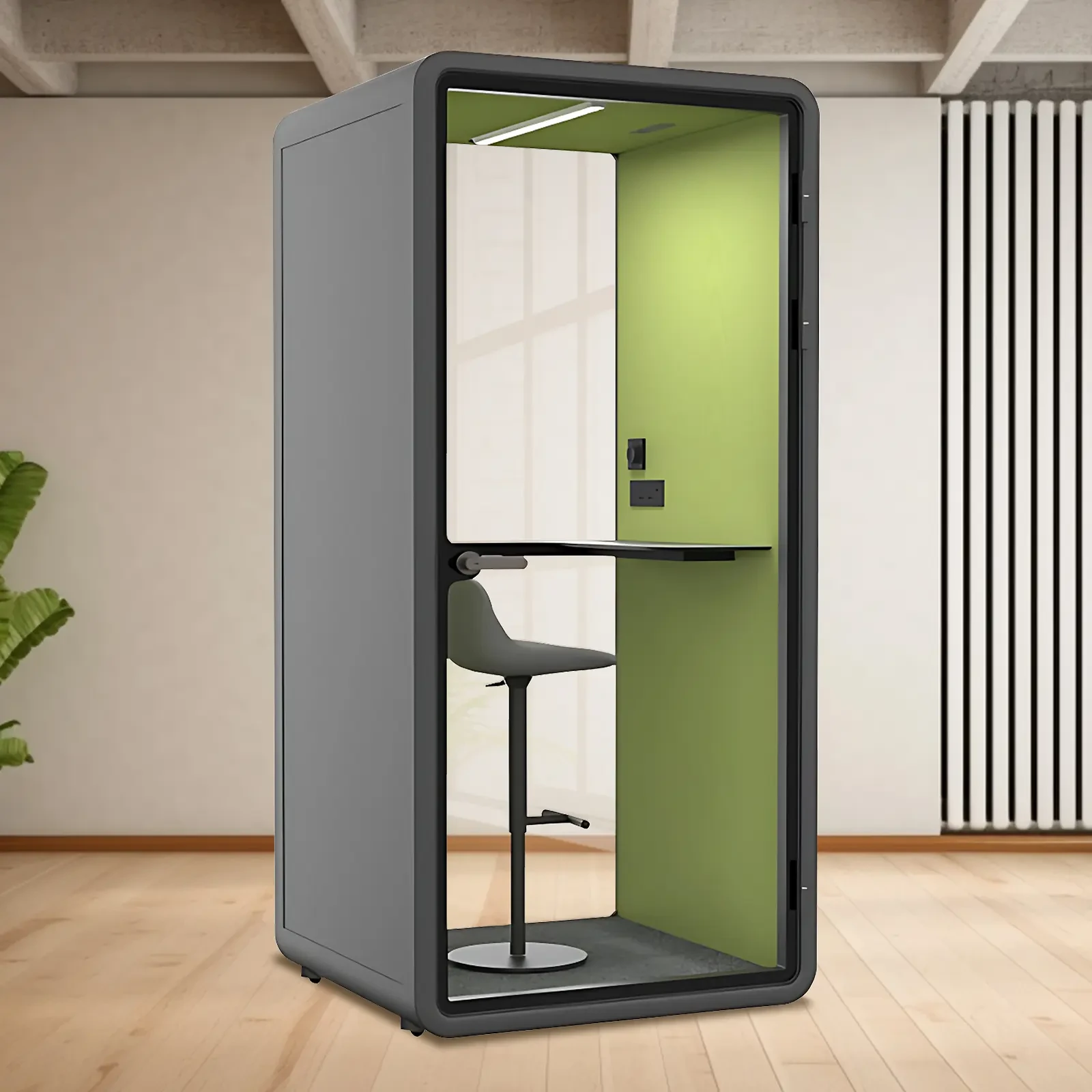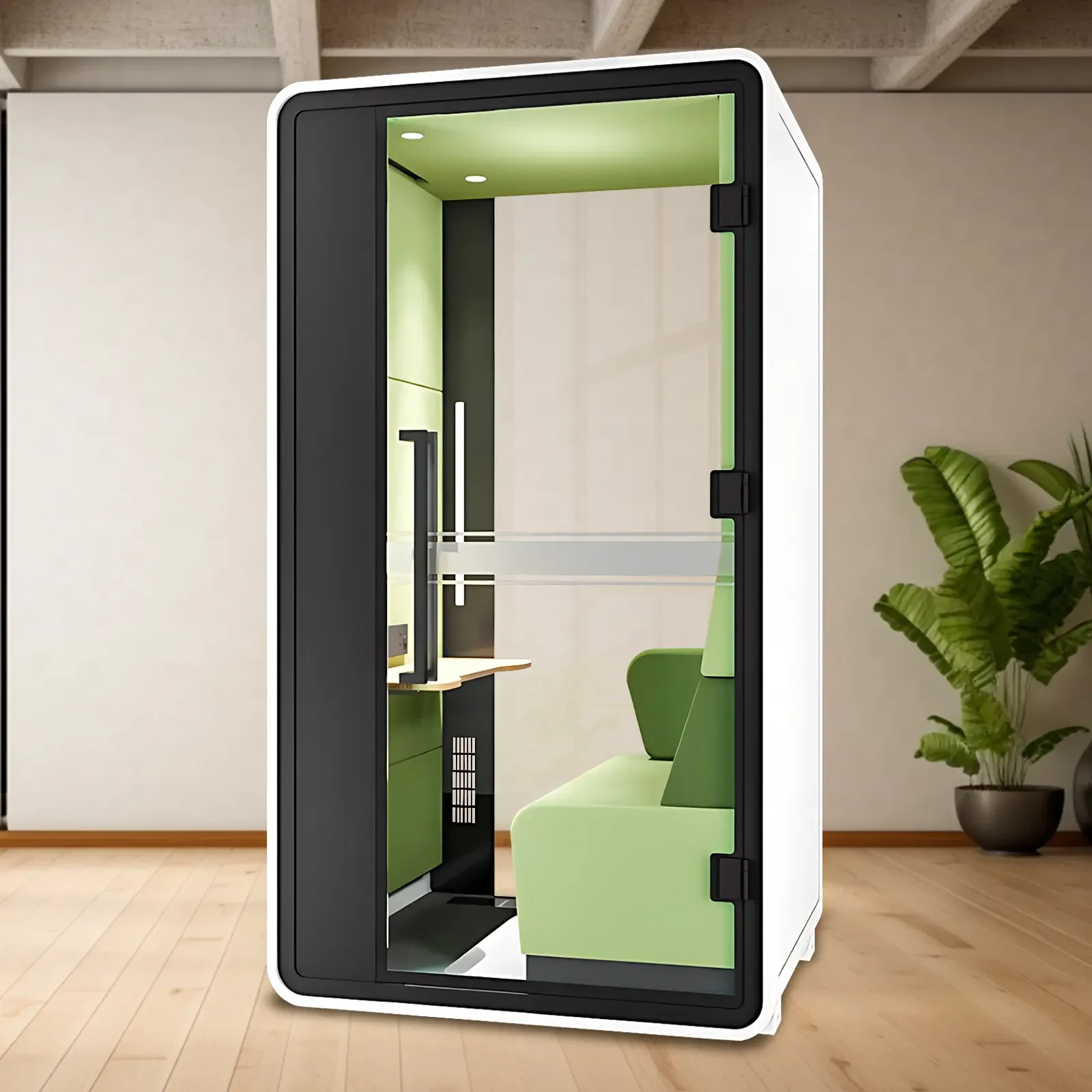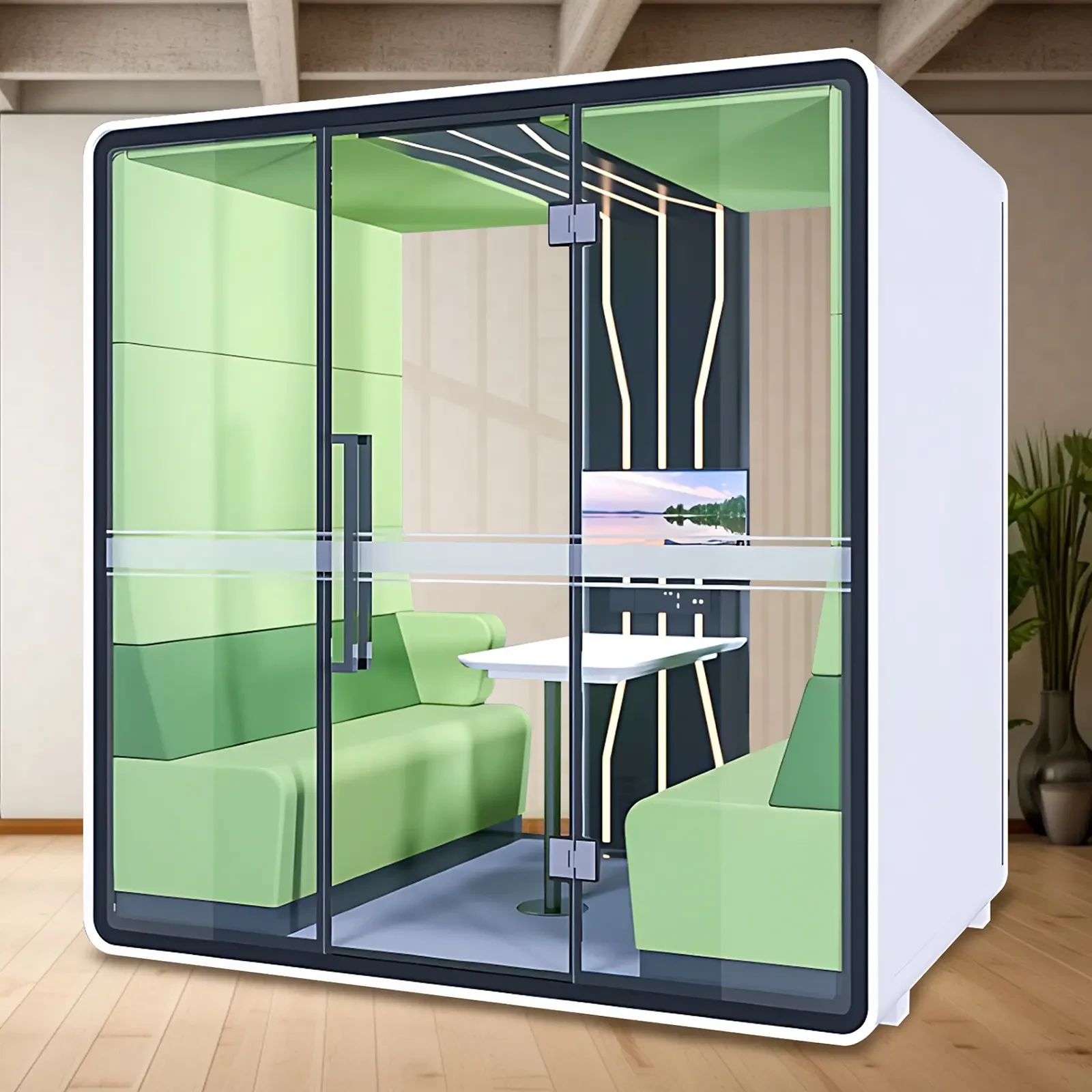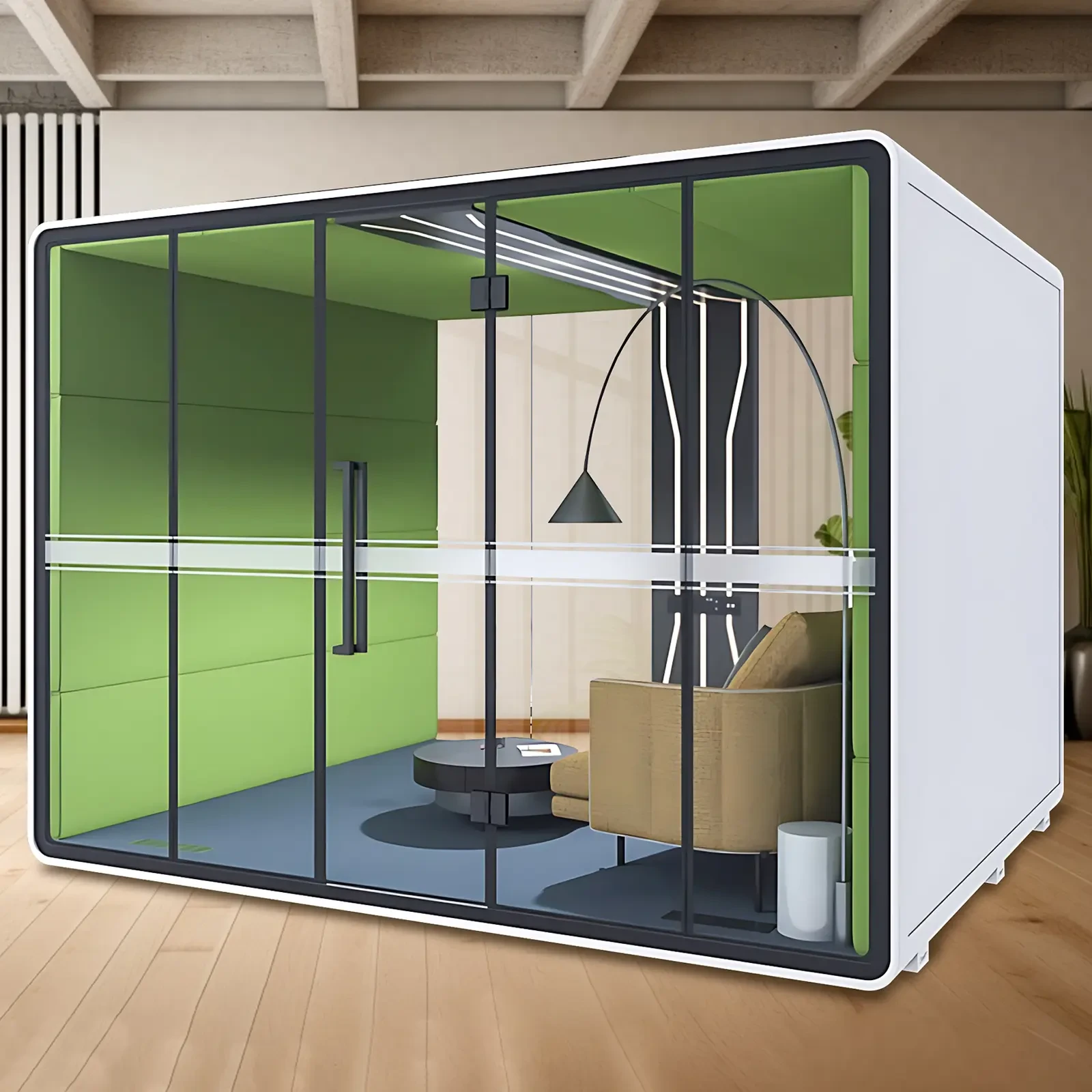Is factory noise so loud it's impacting employee health and productivity? Don't worry! Mobile soundproof rooms/quiet rooms are becoming the new go-to for workplace noise reduction. Quick to set up and flexible to deploy, they effectively reduce noise by 30-50 decibels, making them ideal for equipment commissioning and temporarily isolating high-noise work areas. This article provides a comprehensive understanding of the principles behind soundproof rooms, key selection parameters, and applicable scenarios, along with practical purchasing advice to help you create a quiet and efficient work environment! 🔧🔊
What is a mobile soundproof room? Can it truly "invisibly" block noise?
Simply put, a mobile soundproof room is a "quiet room" that can be moved at any time, tailored to accommodate those ear-piercingly noisy equipment in your factory—such as air compressors, stamping machines, grinding tables, and cutting equipment. Rather than a fixed structure, it features a modular design with universal wheels or rails at the bottom, allowing for quick assembly and disassembly like building blocks, allowing for on-the-go use. It's ideal for factories with frequent production line adjustments.
The core principle is quite clever: it uses multiple layers of composite soundproofing panels (commonly steel, polyester fiber, and sound-absorbing foam) to form a "sound barrier," which then uses a sealed structure to block the sound transmission path. This is like wrapping a "roaring engine" in a "soundproof jacket," effectively locking in noise at the source. Measured noise reduction can reach 30-50dB(A), equivalent to turning the sound of a power drill into a whisper, significantly improving the work environment.
How to choose a soundproof room? Avoid these five key parameters.
1. Ensure the sound insulation rating (NR value) meets the standard.
This is the core indicator for measuring sound insulation performance. For general industrial areas, a soundproof room with an NR value of 35 or higher is recommended. For those seeking a near-office-like quiet environment, opt for a high-end model with an NR value of 45 or higher. Don't be misled by the "just-isolating" mentality; truly effective soundproofing requires professional testing and certification.
2. Door and window design determines sound leakage points.
No matter how good the walls, if the gaps in the doors are wide enough to act like "vents," noise will still seep in. High-quality soundproof rooms feature double-seal doors (rubber strips and gravity closure) and triple-laminated glass windows to ensure excellent airtightness when opening and closing. Automatic locking mechanisms are recommended.
3. Acoustic materials are key.
Common combinations include: steel shell + hollow sound-absorbing foam + fire-retardant coating. The foam must be at least 80mm thick and meet the GB 8624-2012 B1 fire protection standard to prevent safety hazards caused by high temperatures.
4. Mobility and ease of installation.
Pay special attention to whether the base has wheels or a track system. Universal wheels with brakes and locks are recommended to ensure stability and stability after movement. Ideally, a small 1.5m x 1.5m soundproof room can be assembled by one person in 30 minutes.
5. Ventilation and heat dissipation cannot be neglected.
Prolonged use of equipment generates heat, and completely enclosing it can lead to overheating. Therefore, it is recommended to use a low-noise exhaust fan (noise ≤ 45dB) with silencer ducting to achieve a win-win situation of "quietness and ventilation."
Who needs a soundproof room most? Don't miss these scenarios.
✅ Temporary isolation areas for new or renovated production lines
Unusual noise often occurs during the equipment commissioning phase. Using a mobile soundproof room to isolate the area protects operators' hearing and prevents disruption to surrounding production lines, offering low cost and quick results.
✅ Flexible workshops with frequent workstation changes
For example, 3C electronics factories and mold processing workshops carry out different processes in different locations. Fixed soundproof rooms waste space and are difficult to relocate, while mobile soundproof enclosures can be moved with the workstation, allowing for multiple uses, saving significant space and costs.
✅ Maternity and baby care companies or industrial parks with high environmental standards
Some industrial parks have strict noise limits at factory boundaries (e.g., ≤ 60dB during the day), and exceeding these limits may result in penalties. Pre-installing a soundproof room as a buffer zone can help you easily meet compliance standards and avoid the pressure of rectification.
❌ What's not suitable?
For large equipment that operates stably and is fixed in place, a permanent soundproof room is preferable. For extremely high-frequency vibration sources (such as large forging presses), a vibration damping base is necessary; otherwise, the soundproofing effect alone is limited.
Conclusion
Mobile soundproof rooms are not only a "noise reduction tool" but also a standard feature of modern smart factory upgrades. Their flexibility, efficiency, and cost-effectiveness make them a "golden solution" for solving noise challenges in the workplace.
When purchasing, remember to consider five key factors: sound insulation level, sealing details, material safety, mobility, and ventilation configuration.

 USD
USD
 GBP
GBP
 EUR
EUR






